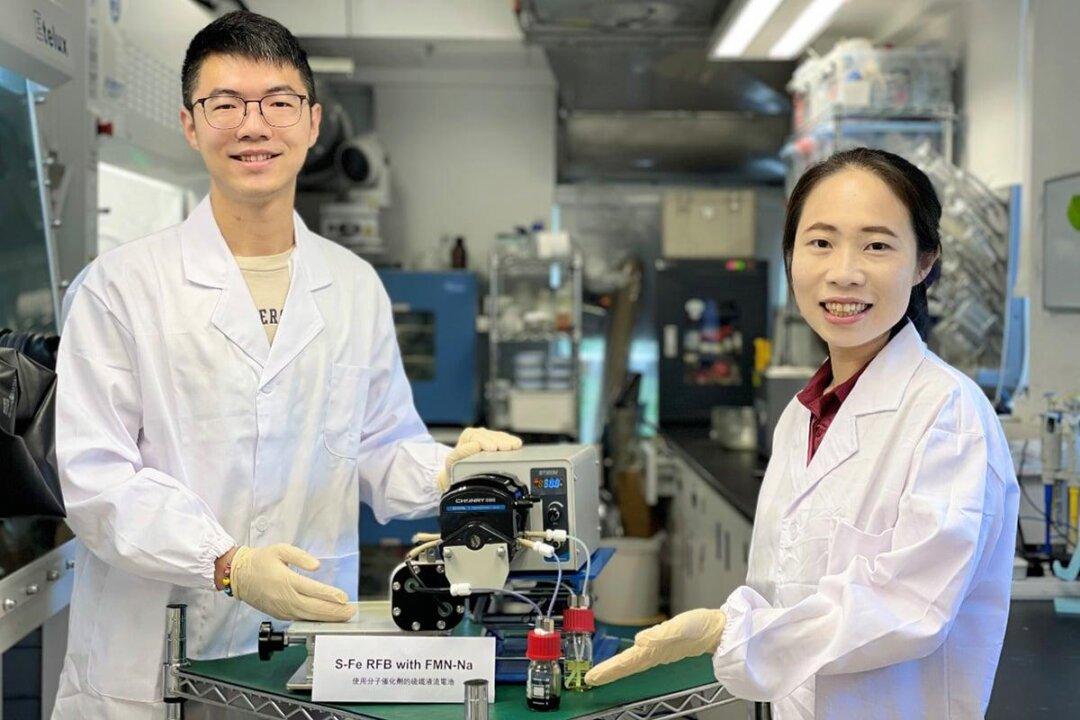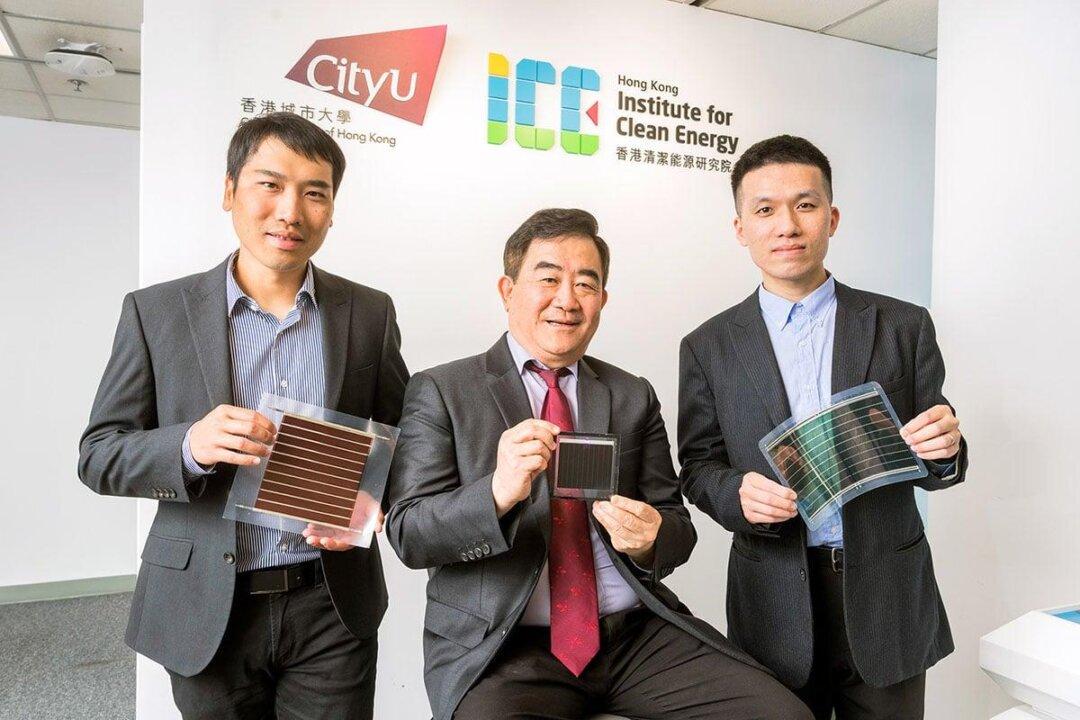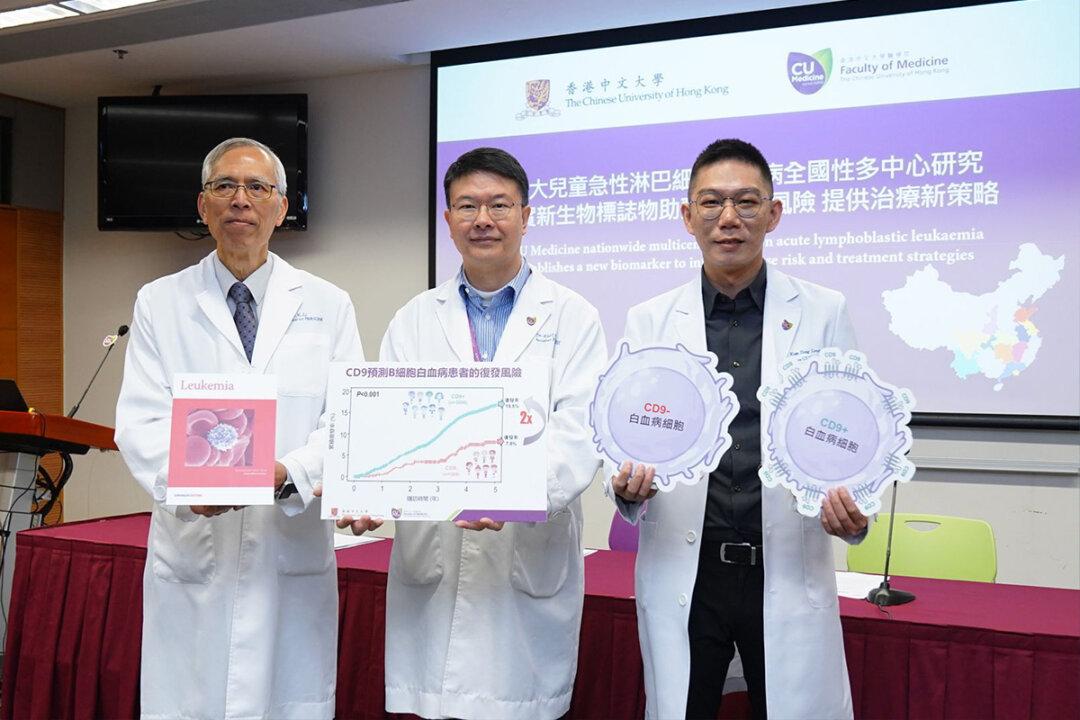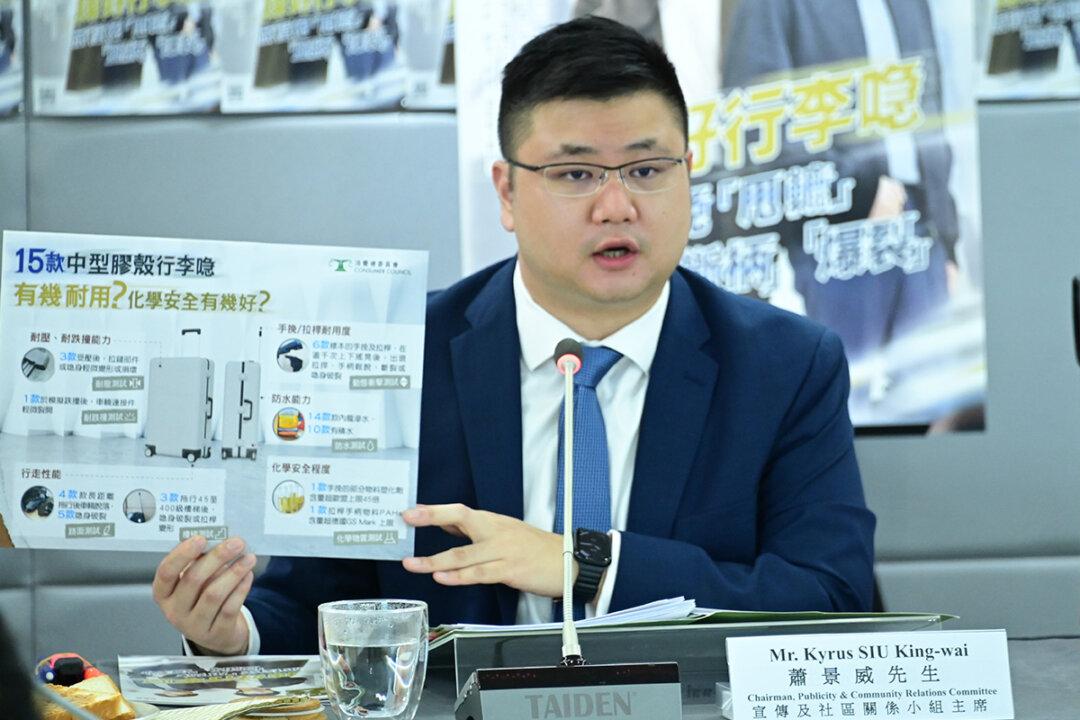The Chinese University of Hong Kong (CUHK) has developed a molecular catalyst that can increase the reaction rate of redox flow batteries, significantly reducing energy consumption by three times, and boosting charging power by nearly six times. It is believed that this approach can be widely applied in other redox flow battery systems. This groundbreaking research was recently selected as the cover story in the December issue of the world-leading scientific journal “Nature Energy.”
Lithium-ion batteries are commonly employed for energy storage, but when thousands of them are stacked together, there is a risk of overheating, causing combustion and explosion, making them unsuitable for large-scale energy storage. Aqueous redox flow batteries, on the other hand, are lower in cost, much safer, and offer design flexibility in terms of power and energy. However, the high price of traditional commercial all-vanadium redox flow batteries hinders their further development.




